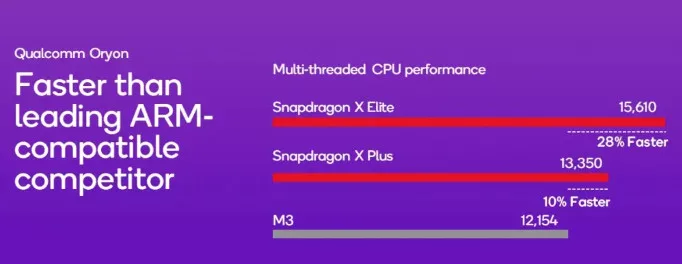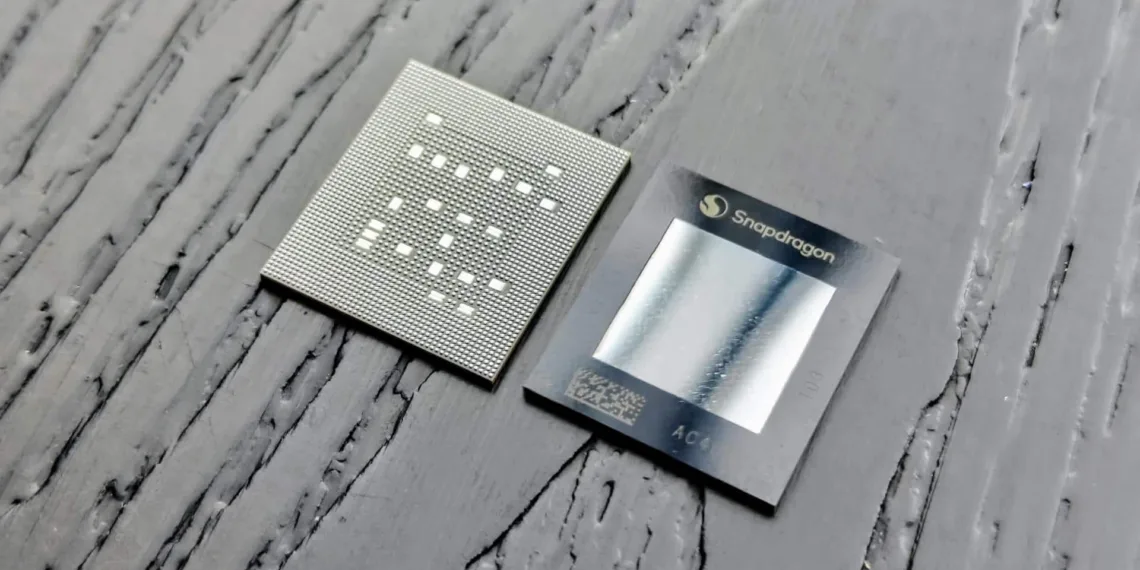While the Snapdragon X Elite is targeted at the upper end of the price bracket, the Qualcomm alternative, Snapdragon X Plus is designed for more price-conscious consumers. In other words, both the Snapdragon X Plus and Elite feature the custom Oryon CPU cores, resulting in better single-core and multi-core performance.

The Latest Snapdragon X Plus Unveiled
Meanwhile, the Snapdragon X Plus has a 10-core CPU solution that includes six performance cores can four efficiency cores. clock rates for the core is 3.40GHz, without boost clock technology. The Snapdragon X Plus is made with TSMC 4nm technology. The Adreno GPU with up to 3.8 TFLOPS supports it. It also has an integrated Neural Processing Unit capable of 45 TOPS.

Memory support maxes out at 64GB of LPDDR5X RAM, clocked at 8,448MT/s. The chip enhances webcam image quality with the Qualcomm Spectra ISP, accommodating either a single 64MP camera or a dual-sensor setup of 36MP each, capable of 4K HDR video capture. Notably, the chipset enables 5G connectivity, outperforming Apple’s portable Macs in this aspect.
Qualcomm’s Snapdragon X Plus is integrated with the Snapdragon X65 5G modem, and it has broadband support to ensure global network connectivity alongside other wireless standards such as Qualcomm FastConnect 7800, Wi-Fi 7, and Bluetooth 5.4. Also, the performance is better than Apple’s M3 by an average of 10%, and it is more efficient than other competitors like the Intel Core Ultra 7 155H and AMD Ryzen 9 7940HS.

Qualcomm does not show the gaming benchmarks in their performance slides. However, the startup tests show that the chip can achieve 30FPS in Baldur’s Gate 3 and 40FPS in Remedy’s Control at low settings. Since the GPU is the chipset’s weakness, the gaming benchmarks were avoided. The first Snapdragon X Plus-powered Windows notebooks are slated for release in the latter half of 2024, with pricing details yet to be disclosed.








